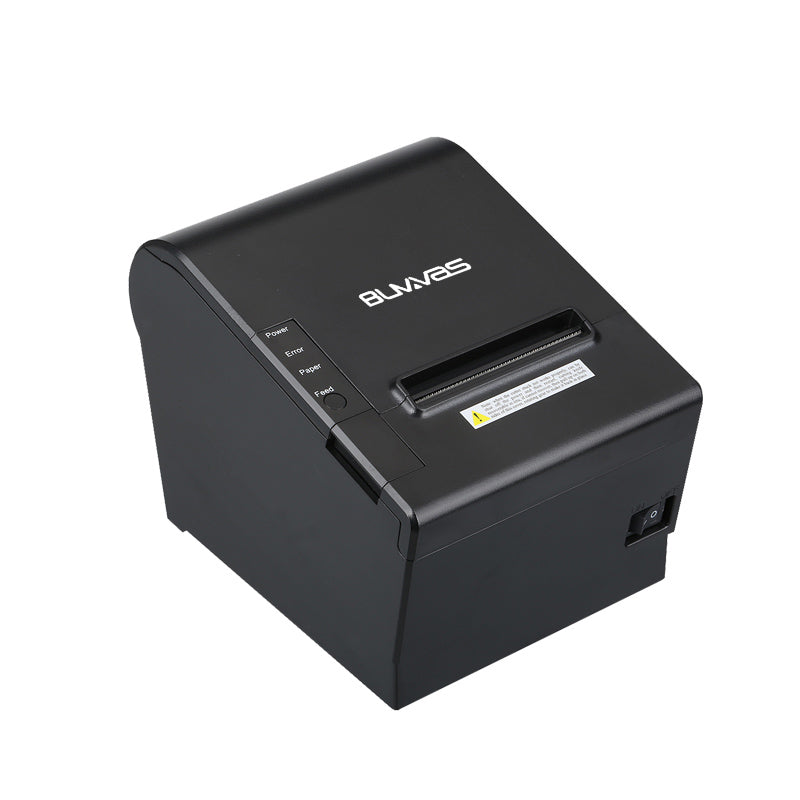
How Barcode Scanning for Supermarkets Minimizes Human Error in Billing Operations
Share
How Barcode Scanning Reduces Human Error in Supermarket Billing Operations
In the fast-paced retail environment, especially in supermarkets, accuracy and efficiency are non-negotiable. Billing mistakes not only lead to customer dissatisfaction but also cost businesses time and money. One of the most reliable solutions adopted by retailers today is barcode scanning for supermarkets.
This blog highlights how barcode scanning technology helps reduce human error, speeds up billing, boosts employee efficiency, prevents shrinkage, and simplifies audits.
1. The Need for Accuracy in Supermarket Billing
Supermarkets deal with hundreds, sometimes thousands, of SKUs (Stock Keeping Units). Manually entering product codes or prices leaves room for mistakes. A wrong entry might:
- Overcharge or undercharge a customer
- Misreport inventory levels
- Delay the billing process
- Create confusion during end-of-day audits
By switching to barcode scanning for supermarkets, these risks are minimized. Scanning ensures that product information is automatically fetched from the POS system, leaving little room for human error.
2. How Barcode Scanning Works in Supermarkets
Each product in a supermarket is tagged with a unique barcode that contains encoded data like:
- Product name
- Price
- Stock code
- Discount (if applicable)
A barcode scanner reads this data and sends it to the POS system. Modern scanners, especially wireless barcode scanners, can read both 1D and 2D codes with high accuracy and speed, even from damaged or crumpled labels.
3. Reducing Human Error through Barcode Scanning
Here are specific ways barcode scanning for supermarkets reduces human errors:
a. Eliminates Manual Entry Mistakes
Cashiers no longer have to memorize or input long product codes. This significantly reduces typos and pricing errors.
b. Ensures Consistent Pricing
Price mismatches between shelf labels and billing counters are common when pricing is manually updated. Barcode scanning pulls real-time pricing from the system, ensuring accuracy.
c. Speeds Up Billing and Reduces Queues
Faster checkouts mean fewer mistakes under pressure. Barcode scanning allows cashiers to bill multiple items in seconds.
d. Accurate Inventory Tracking
Since each scanned item is recorded, inventory depletion is tracked accurately. This helps in stock replenishment and minimizes overstocking or stockouts.
e. Error-Free Discount and Offer Applications
Barcodes can include promotional codes or discount information, eliminating confusion over offers and pricing.
4. Enhancing Employee Efficiency and Focus
Employees perform better when repetitive tasks are simplified. Barcode scanning tools:
- Reduce stress from manual tasks
- Allow cashiers to serve more customers quickly
- Minimize training time for new staff
- Help employees focus on customer service
With barcode scanning for supermarkets, your team becomes faster, more accurate, and more customer-focused.
5. Preventing Shrinkage and Losses
Shrinkage (loss of inventory due to theft, miscounts, or errors) is a common issue in supermarkets. Barcode scanning helps prevent it in the following ways:
a. Real-Time Inventory Visibility
Every scanned item is updated in the system, allowing live tracking of stock movement.
b. Easier Spot Audits
Store managers can scan items on the shelves and instantly compare them to POS inventory records, making audits faster and more accurate.
c. Reduced Employee Theft
Automated billing and scanning leave less room for manual overrides or manipulation.
6. Simplifying Billing Audits and Reports
Accurate data from barcode scanning helps generate:
- Daily billing summaries
- Sales reports
- Inventory consumption logs
This makes monthly and annual audits hassle-free and improves overall financial control. Retailers using barcode scanning for supermarkets report fewer inconsistencies in billing and stock levels.
7. Wireless and Handheld Scanners: Freedom and Flexibility
Many modern supermarkets use wireless barcode scanners. These devices:
- Operate at a distance (up to 100 meters)
- Are portable and easy to handle
- Work on both 1D and 2D barcodes
- Are compatible with Android POS and other billing systems
They help staff scan items in trolleys or bulk packages without moving them to the billing counter.
8. Real-World Example: Buvvas Wireless Scanners
At Buvvas, we offer robust and fast barcode scanning for supermarkets. Our wireless models are IP54-rated for durability, have a scanning speed of 300 scans/sec, and come with a 32-bit ARM processor for superior performance.
Many retail clients have reduced billing time by 30% and improved accuracy significantly after switching to Buvvas barcode scanners.
9. Key Features to Look for in a Supermarket Barcode Scanner
When choosing a scanner, consider these features:
- Scan speed (minimum 200–300 scans/sec)
- Wireless range and battery backup
- Compatibility with billing software
- Durability (IP rating, drop resistance)
- Support for 2D codes and QR scanning
These features ensure maximum ROI and reduce operational friction in high-traffic environments.
Conclusion
From faster checkouts to error-free billing and smarter inventory control, the barcode scanning for supermarkets revolution is real. It enhances the overall customer experience, reduces operational mistakes, and empowers staff to focus on service rather than fixing errors.
For retailers looking to grow in 2025 and beyond, investing in barcode scanning technology is no longer optional—it’s a competitive necessity.

